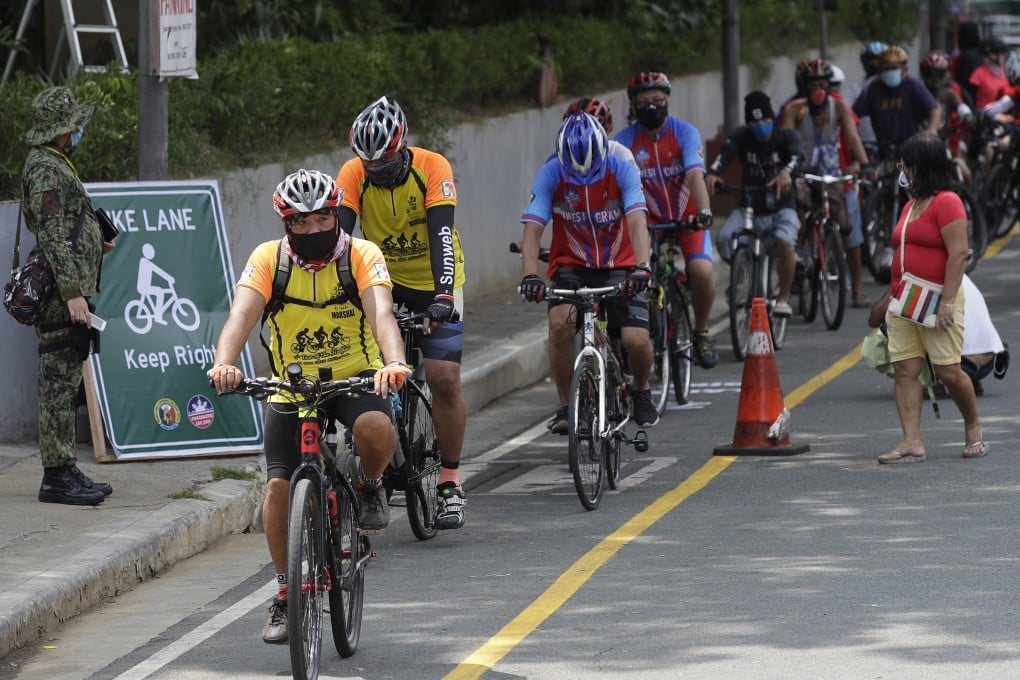Coronavirus response gives Asean cities a chance to embrace a greener, healthier future
- Improved air quality in cities across Southeast Asia is a welcome development but one that is not sustainable in the long term without further reforms
- Making cities greener and pedestrian-friendly, revamping public transport and promoting energy-efficient buildings now will help ensure a healthier future

Lockdowns in many Association of Southeast Asian Nations cities have significantly reduced air pollutants that are harmful to the human respiratory tract. According to IQAir data cited by the Southeast Asia Globe, Singapore was the only one of 10 regional cities surveyed in February that was in the “good” Air Quality Index category.
By May, once lockdowns were in effect, Manila, Bangkok and Ho Chi Minh City had joined Singapore in the “good” category. Bangkok showed the most improvement, with its pollution score declining by more than 50 per cent.
A recent study in the Oxford Review of Public Policy surveyed 231 economists from 53 countries, with respondents suggesting that using Covid-19 government stimulus packages to build green infrastructure and improve energy efficiency would offer the best economic and environmental returns.
If Asean cities follow this recommendation, they would help reduce global carbon emissions and rebuild the region’s post-pandemic economies in the long run.
